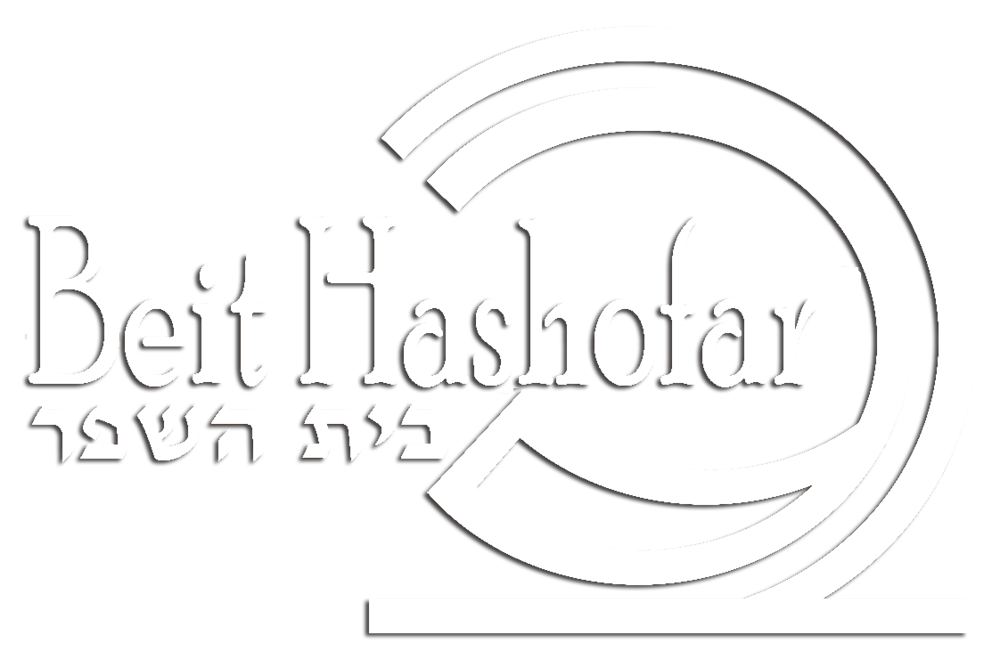The act of giving is a relatively simple thing. When you give you are simply transferring something that was once yours to someone else. It is entirely possible to give angrily, happily, begrudgingly, indifferently, or thoughtfully. Generosity, on the other hand is a different matter. Generosity has a component of mindfulness and “heartfulness” that goes beyond the physical act of giving.
Jewish tradition discusses the role of keva (structure or vessel) and kavana (intentionality) quite frequently when dealing with the fulfillment of mitzvot. Depending on the particular mitzvah, or circumstances surrounding the performance of the mitzvah, the importance of one will often outweigh the other. There are few exceptions to this rule. One of those exceptions is the mitzvah of tzedakah. One has not fulfilled the mitzvah of tzedakah unless both the intentionality to give and the act of giving have taken place. The fact that tzedakah has no fixed measure (unlike tithing) and no mitzvah b’racha is telling. Without those fixed prescriptions, it is impossible for the mitzvah to have been properly performed, bedieved (after the fact). One has to both do it, and with full intentionality. Here is where generosity comes in.
Generosity is an act that necessitates fullness of being (like tzedakah). In fact, tzedakah is a form of generosity. No bifurcation of keva and kavana can be present if one is to be fully generous. When we flex out generosity muscles, we are working on being full human beings. I think this is one of the reasons generosity can be very hard for some people. It takes a great deal of energy to do something with full keva and kavana and a culture that prefers efficient multi-tasking over extended focus exacerbates the difficulty. It is not enough to throw generous feelings in the general direction of someone in need. It is not enough to “get it done and over with.” So, as we work on our generosity this week, may we allow ourselves to throw the fullness of our being into it…this may be the only way.


